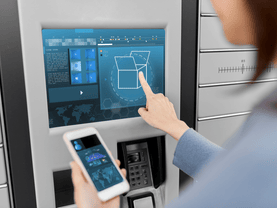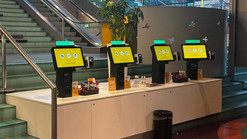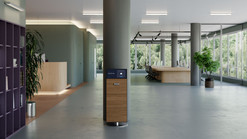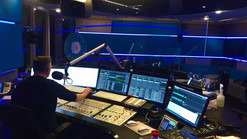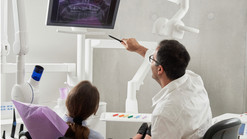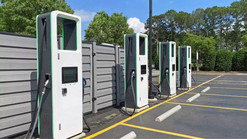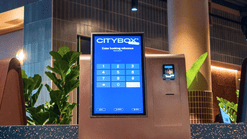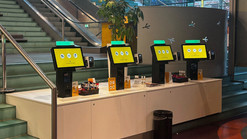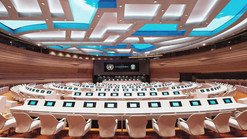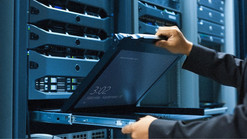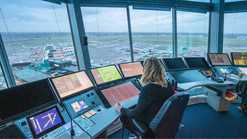Using multiple monitors can dramatically enhance productivity, streamline workflows, and provide a more immersive computing experience. Whether you’re a professional juggling multiple applications or a multitasker wanting to stay organized, Windows makes it easy to set up and optimize multiple monitors. Here’s a comprehensive guide to getting started and making the most of your multi-monitor setup.
.png)
Why Use Multiple Monitors?
- Increased Productivity: Boost productivity by up to 42% by reducing the need to switch between windows.
- Better Organization: Allocate specific tasks or applications to each monitor for a clutter-free workspace.
- Enhanced Multitasking: Run video conferences on one screen while taking notes or referencing documents on another.
- Improved Media Experience: Enjoy a cinematic experience while working on secondary tasks.
.png)
Setting Up Multiple Monitors in Windows
- Check Hardware Requirements:
- Ensure your PC has the necessary video outputs (e.g., HDMI, DisplayPort, or USB-C).
- Verify that your GPU supports multiple monitors. - Connect Your Monitors:
- Plug each monitor into an available video port.
- Use adapters if the ports differ (e.g., HDMI to DisplayPort). - Configure Display Settings:
- Right-click on the desktop and select Display settings.
- Drag the monitor icons to match their physical arrangement.
- Choose a display mode: Duplicate, Extend, or Second screen only.
- Adjust resolution and scaling for consistency. - Set a Primary Monitor:
- In Display settings, select your main display and check Make this my main display.
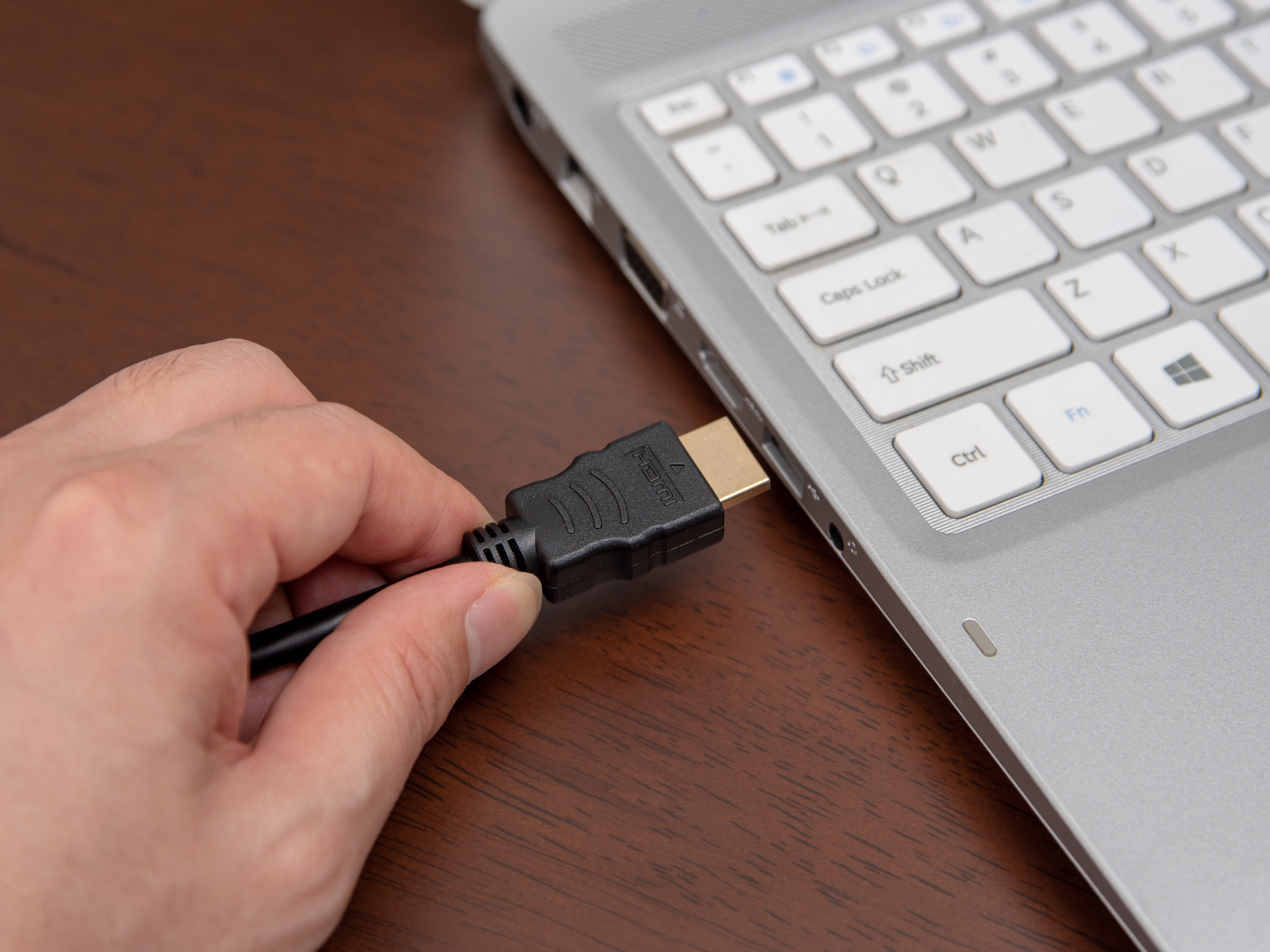
Tips for Optimizing Your Workflow
- Keyboard Shortcuts: Use Windows + P to switch display modes and Windows + Shift + Arrow keys to move windows between monitors.
- Taskbar Customization: Right-click the taskbar, select Taskbar settings, and choose its display preferences across monitors.
- Wallpapers and Themes: Personalize each screen with unique wallpapers or stretch a panoramic image across all monitors.
- Window Management: Use Snap Assist for efficient window organization. Consider apps like PowerToys for advanced layout options.
Troubleshooting Common Issues
- Monitor Not Detected:
- Check all cable connections.
- Restart your PC.
- Update GPU drivers using NVIDIA GeForce Experience or AMD Radeon Software. - Resolution or Scaling Problems:
- Set the correct resolution in Display settings.
- Adjust scaling for better readability. - Performance Issues:
- Close unnecessary background apps.
- Lower resolution or refresh rate on secondary monitors if needed.
Beetronics Displays: Ideal for Multi-Monitor Setups
At Beetronics, we offer monitors and touchscreens tailored for professional and industrial use cases. Our displays feature industrial-grade durability, wide viewing angles, anti-glare coatings, and robust connectivity options, ensuring seamless integration into any multi-monitor setup. Designed for 24/7 operation, Beetronics monitors are perfect for office productivity, control rooms, or media consumption.
Ready to Enhance Your Workspace?
Explore our collection of high-quality monitors or contact our experts for personalized solutions. Whether you’re a professional or a multitasking enthusiast, Beetronics has the perfect display to elevate your workflow.




